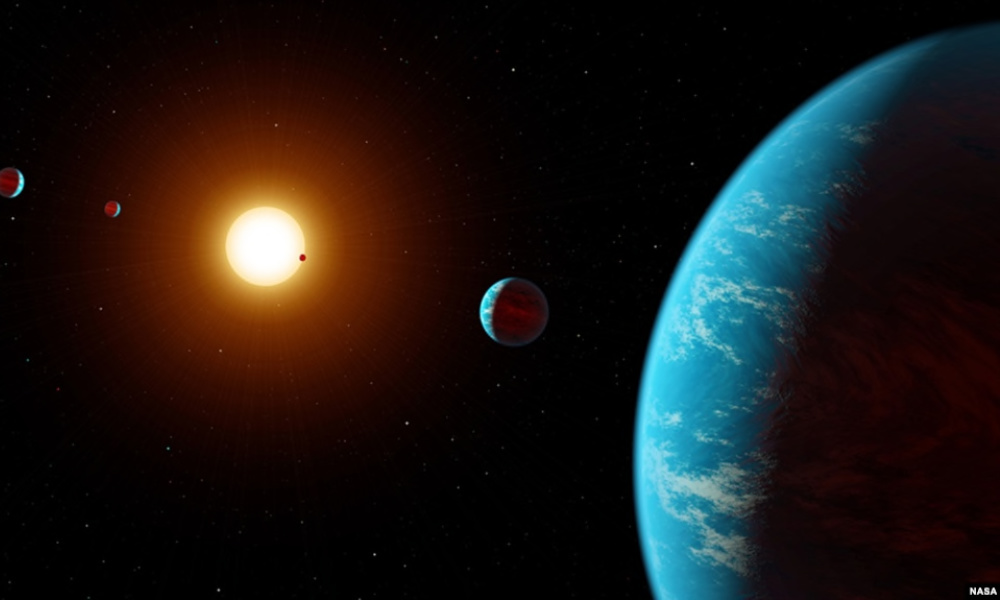
Are aliens real? Do aliens exist? Technosignatures may hold new clues
Adam Frank, professor of physics and astronomy, is searching for “technosignatures,” or the physical and chemical traces of advanced civilizations, among the 4,000 or so exoplanets scientists have found so far.
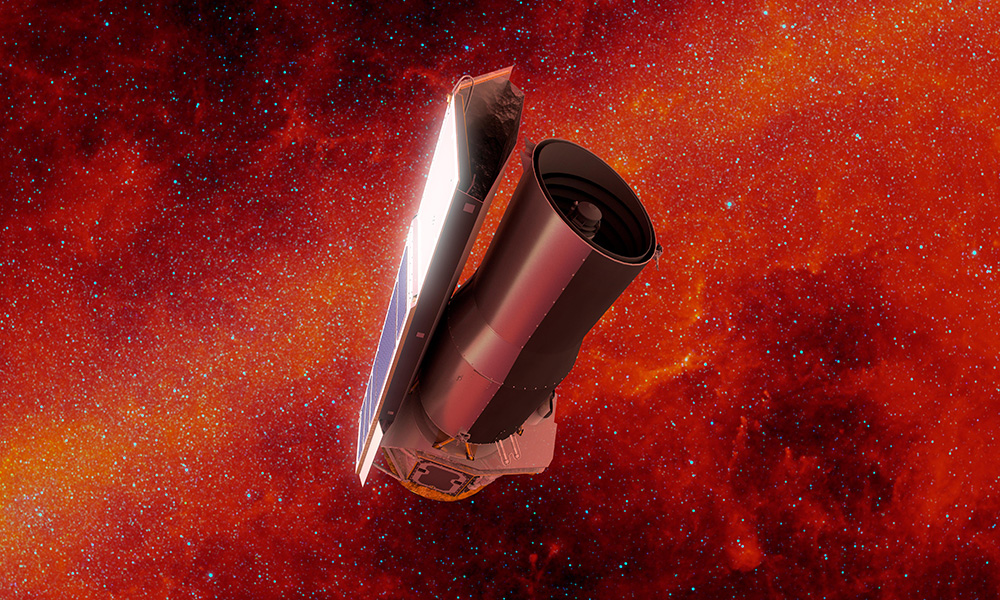
Rochester astronomers reflect on their contributions to Spitzer Space Telescope
As NASA retires its Spitzer Space Telescope, the Rochester scientists who were involved in its development, look back on the project.
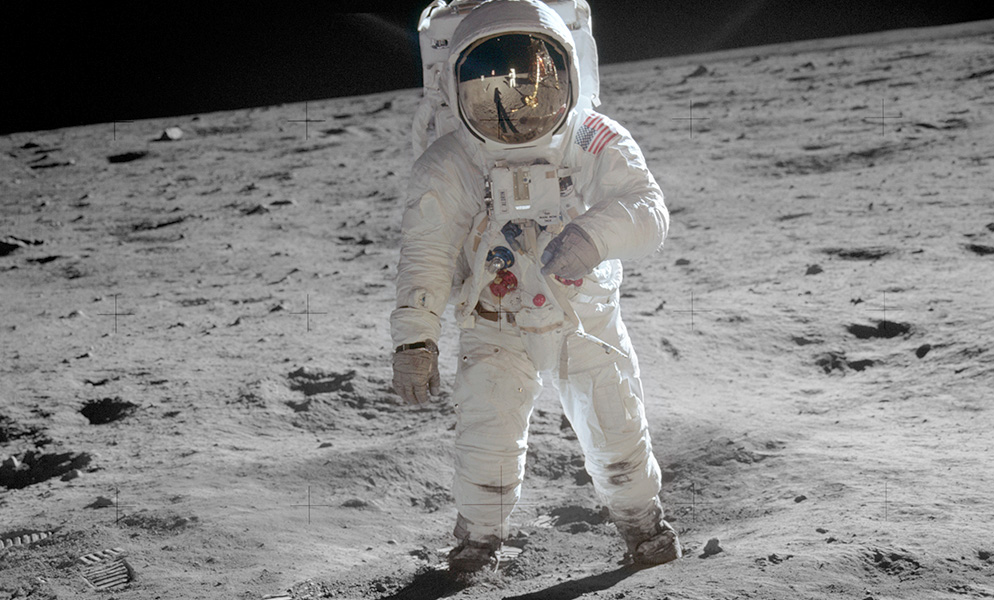
3 questions: 50 years after the moon landing
The lunar rocks brought back by the Apollo astronauts still inform research today, including the work of Rochester professor Miki Nakajima, who studies the formation and evolution of the Earth, the moon, and other planetary bodies.
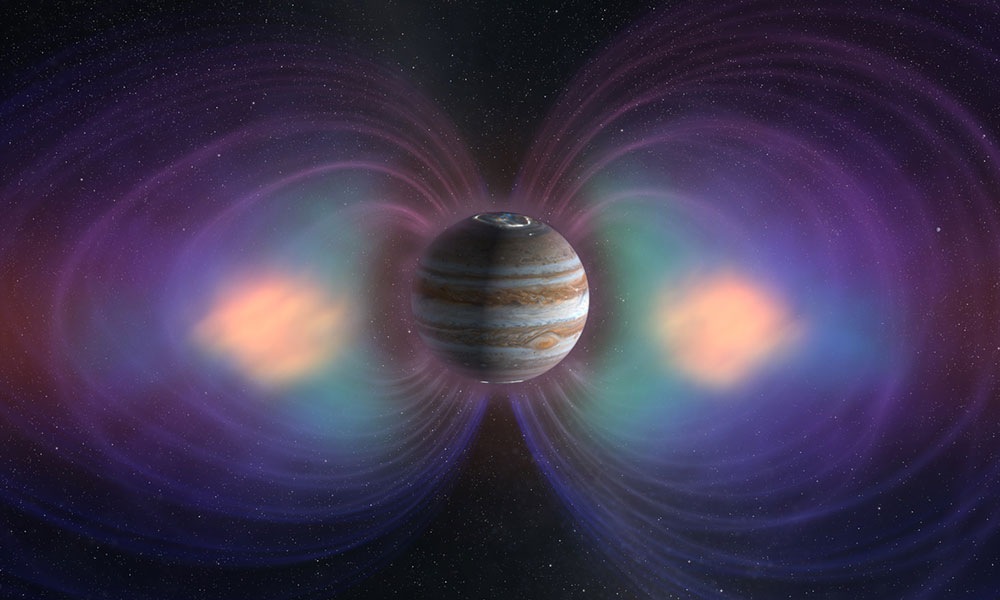
Researchers unravel more mysteries of metallic hydrogen
Liquid metallic hydrogen is not present naturally on Earth and has only been created in a handful of places, including the University of Rochester’s Laboratory for Laser Energetics. LLE scientists are researching the properties of liquid metallic hyrdrogen to understand how planets both inside and outside our solar system form magnetic shields.
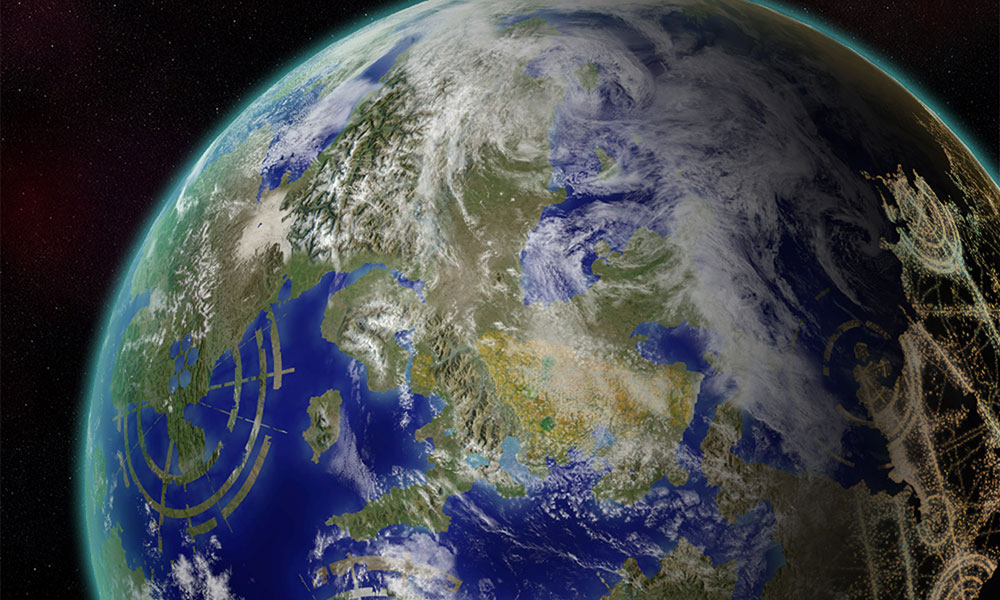
Climate change for aliens
For more than 50 years, the Kardashev scale has been the gold standard for classifying hypothetical “exo-civilizations” by their ability to harness energy. A team of researchers led by Rochester astrophysicist Adam Frank have devised a new system that takes into account the impacts of that energy use.
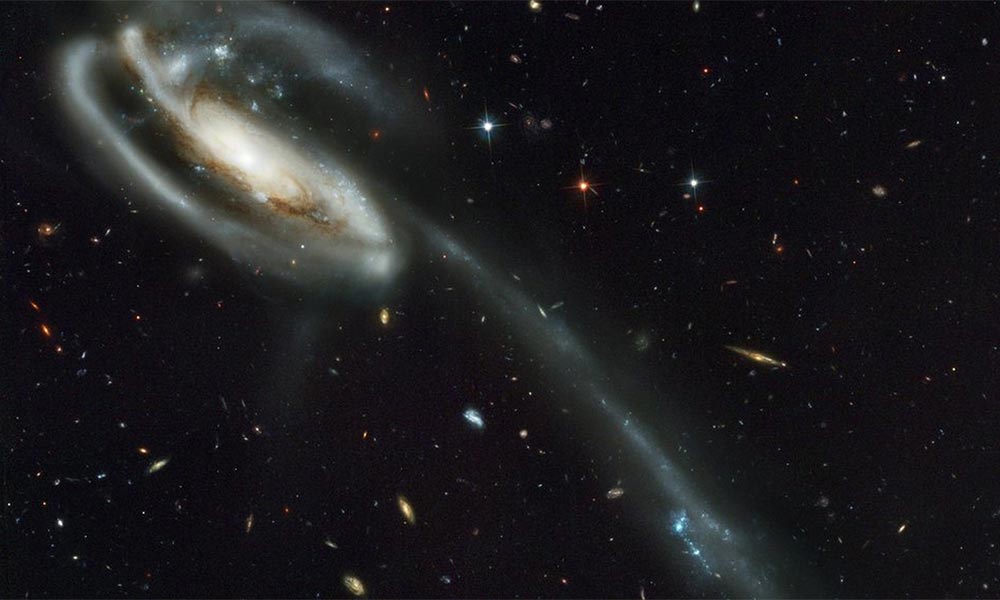
Making the case for life on other planets
How can we calculate the likelihood of technological civilizations having existed on other planets? That’s a question Adam Frank, professor of astronomy, considers in an essay, “Yes, There Have Been Aliens,” published in the New York Times.
